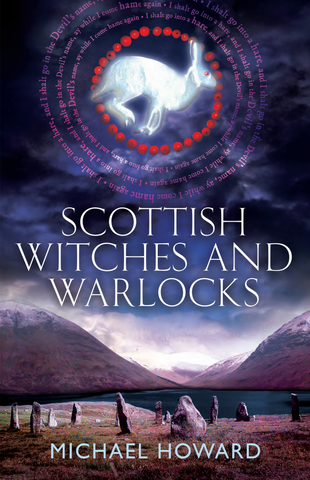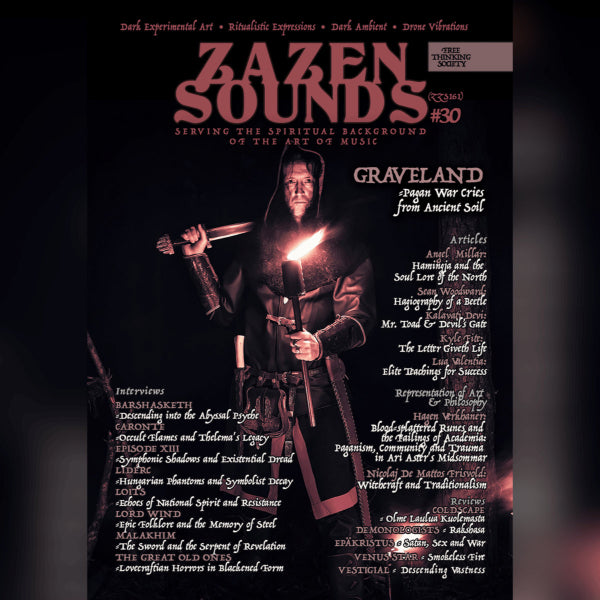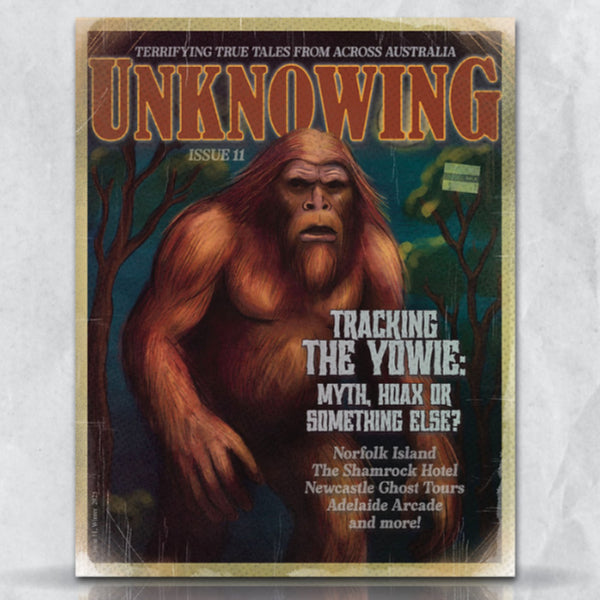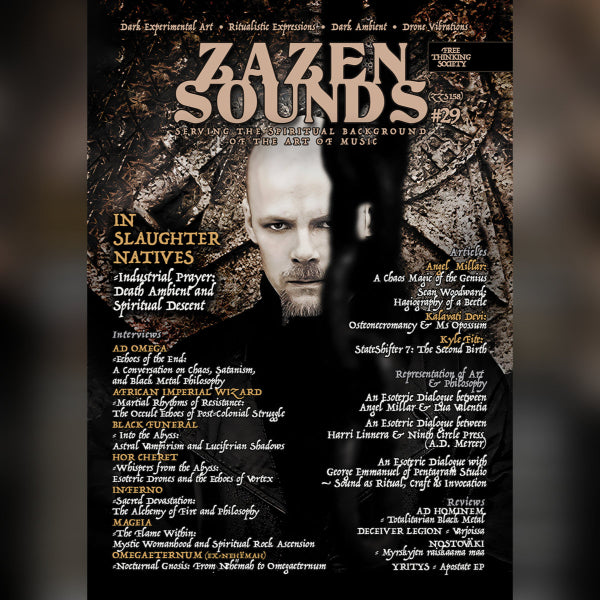
Scottish Witches and Warlocks by Michael Howard
In the village of at Cullen in Forfarshire, an arrest warrant was served in January 1657 for one Margaret Philp, accused of practicing witchcraft. Her servant, Isobel Imblaugh, testified she had seen her mistress have dealings with a spirit taking the form of a talking hare. Imblaugh said she had seen Philp put out a bannock, a jug of beer and a piece of meat for the sprite, and the next morning all was gone. On another occasion the spirit-hare allegedly entered the house through an open window and drank beer left out for it in a bowl. Far from an isolated account, magical traffic with such spirits was well-documented into the 19th century, when Highlanders left offerings of milk at prehistoric burial mounds and standing stones for the faeries known as brownies. Magical intercourse with fairies was but a small part of Scottish witchcraft belief, which also held that witches stole milk from their neighbours' cows, raised storms to drown those at sea they disliked, produced wasting diseases to make their enemies fall ill or die, keep a baby inside its mother’s womb beyond her normal term, and transform themselves into animal forms so they could roam the countryside causing mischief and mayhem.
Scottish Witches and Warlocks examines the folk beliefs and magical practices of early modern Scotland, constellated especially around witchcraft. Treating matters of spirit-conjuring, herb-magic, and the Diabolical pact itself, it includes accounts of such peculiar personages as Isobel Gowdie, the Aberdeen Witches, Dr. John Fian and the North Berwick coven, Sir Robert Gordon of Gourdeston, and the Witches of Auldearn. Containing a number of illustrations, it is the third book in Michael Howard's 'Witchcraft in the British Isles' series.





